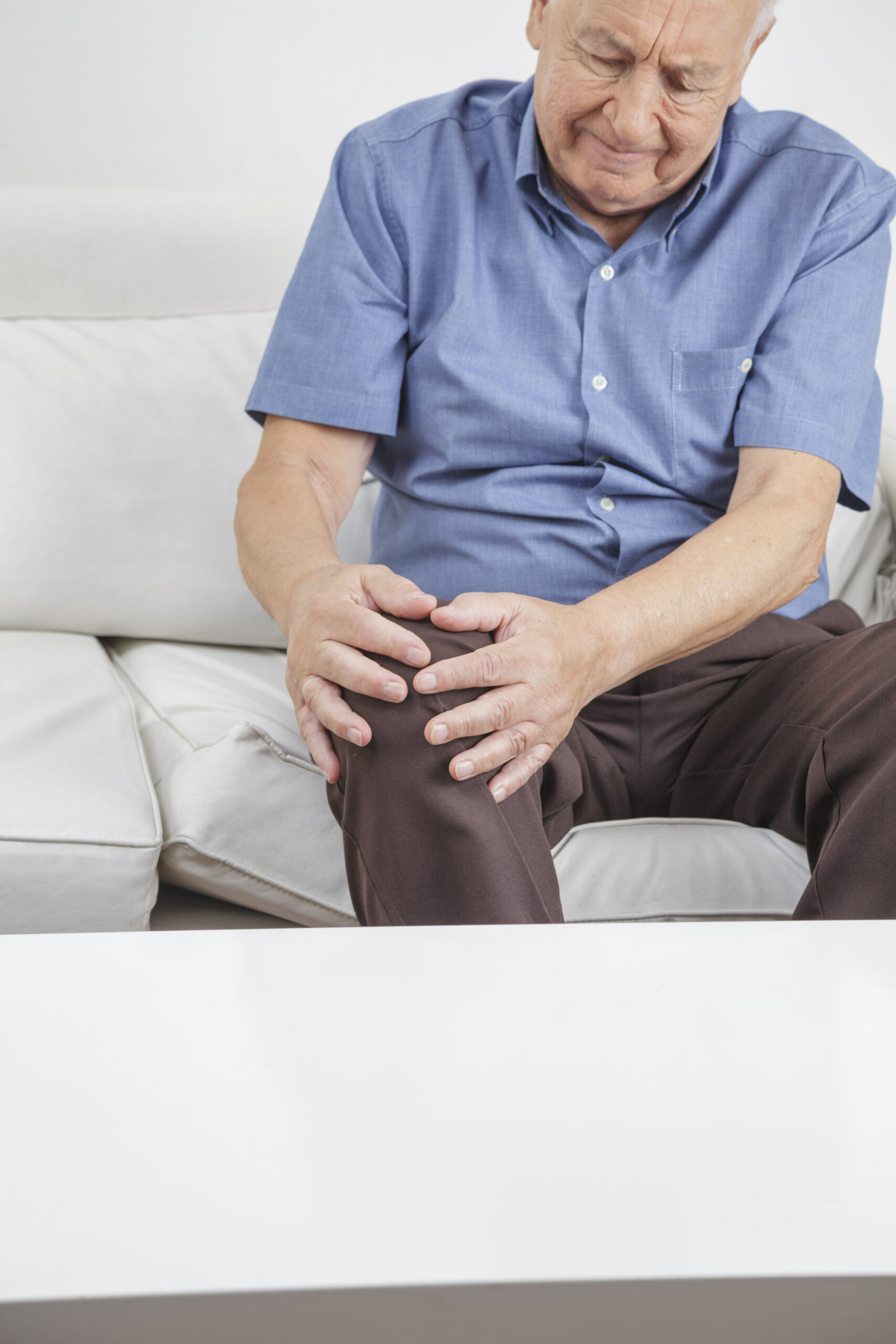FRIDAY, Feb. 15, 2019 (HealthDay News) — Osteoporosis is typically thought of as a woman’s disease, but elderly men are also prone to bone loss — even though they often aren’t treated for it, a new study finds.
Among men and women aged 80 and older, women were three times more likely to get osteoporosis treatment, researchers reported.
Ten million Americans have osteoporosis, according to the study. Each year, the disease causes 2 million fractures, costing $19 million. As the population ages, this could rise to 3 million fractures at a cost of $25 million by 2025.
Osteoporosis is a serious condition for men, too, the researchers added. After breaking a hip, the risk of illness and death is greater among men than women, they noted.
For the study, researchers led by Dr. Radhika Rao Narla, from the Division of Metabolism, Endocrinology and Nutrition at the University of Washington in Seattle, compared screening and treatment for osteoporosis among more than 13,700 men and women aged 70 and older.
Managing the disease included scans of bone mineral density, measuring levels of vitamin D, and treatment with vitamin D, calcium supplements and bisphosphonates (some brand names include Boniva, Actonel and Fosamax).
The investigators looked at more than 11,600 men and 460 women where age alone was a risk factor for hip fracture, and another group of more than 1,600 men at risk for osteoporosis due to previous fracture or treatment that weakened bones.
About 50 percent of the men aged 75 to 79 had a risk of breaking a hip that qualified them for osteoporosis treatment, as did 88 percent of the men aged 80 and older.
The researchers found that men were much less likely than women to be tested and treated for osteoporosis, especially those aged 80 and older.
Looking at age alone, the researchers found that more women than men had their bone density measured (63 percent versus 12 percent) and had their vitamin D levels measured (39 percent versus 18 percent).
Women were more than three times as likely to be given calcium and vitamin D supplements (63 percent versus 20 percent) and to be treated with bisphosphonates (44 percent versus 5 percent), the researchers found.
Among men aged 80 and older, only 10 to 13 percent had bone density measured and fewer than 1 in 10 were treated with bisphosphonates.
Men at higher risk for hip fractures or those who had already suffered from a broken hip were often overlooked for diagnosis and treatment, the researchers noted.
Narla and her team could not say why men are not assessed for osteoporosis. It might be a lack of awareness of screening guidelines or doctors are busy dealing with other medical problems, they said.
These findings suggest that guidelines are “inadequate in effectively identifying older men who might benefit from evaluation for osteoporosis and fracture prevention treatment,” the researchers said.
The report was published online Feb. 14 in the Journal of Investigative Medicine.
“We believe that there is a need for developing strategies to improve the evaluation and management for all older men, particularly among elderly men with a very high risk of fracture,” Narla’s group said in a journal news release.
More information
The National Osteoporosis Foundation offers more on osteoporosis.
SOURCE: Journal of Investigative Medicine, news release, Feb. 14, 2019



